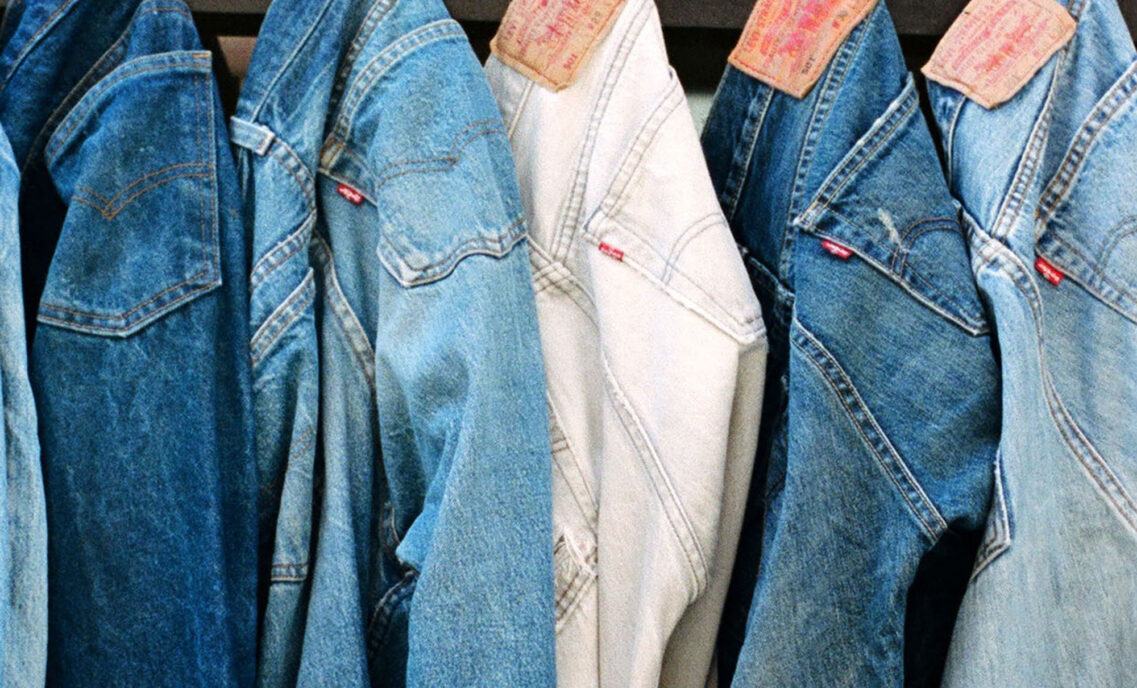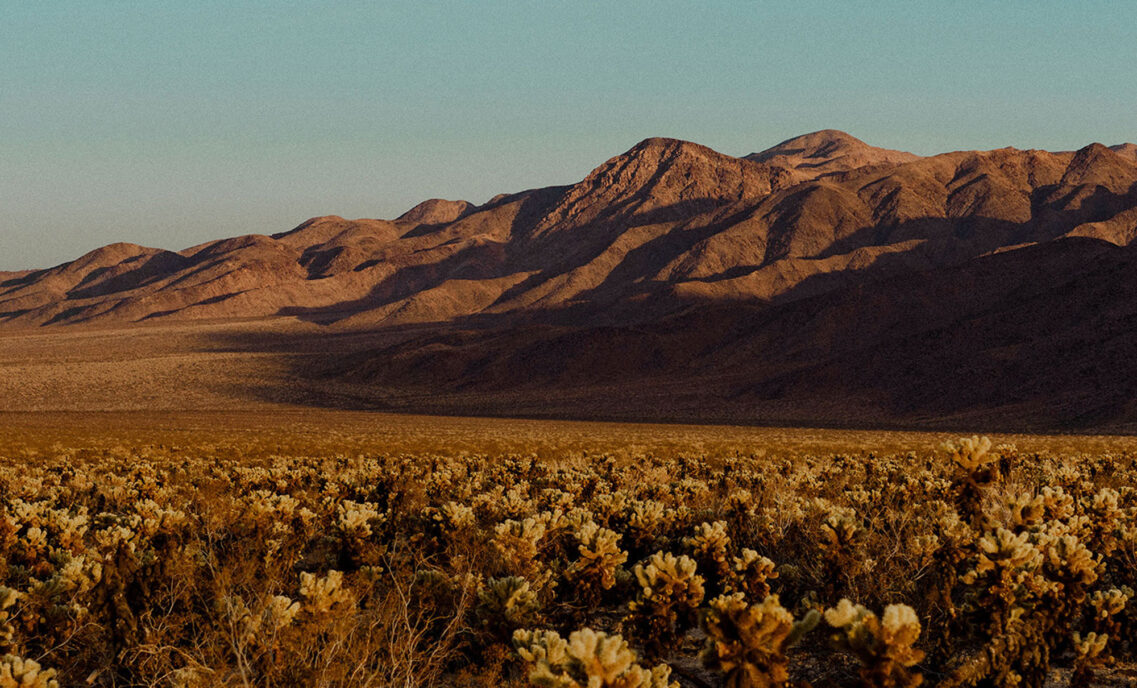Water stress is a growing issue for many people around the world, and is at the heart of Levi Strauss & Co.’s 2025 Water Action Strategy, which aims to halve the amount of water we use for manufacturing in highly stressed areas by 2025. To mark the strategy’s one-year anniversary this month, we took a look at what water stress looks like for one of our own.
Do you know your building’s water tank capacity by heart?
Do you have a dedicated space in your home for back-up water receptacles?
Holdy Hernandez does.
Holdy is a manager of Sustainability for the Americas region at Levi Strauss & Co. (LS&Co.) and is based in Mexico City, Mexico. Mexico City is facing extreme water stress due to its inefficient water network infrastructure that doesn’t capture rainwater, causing the city to pump in water from surrounding areas as well as the aquifer beneath the city, which is depleting the water table so much that the city is actually sinking. Of the world’s cities facing extremely high-water stress, Mexico City is the second most populous (WRI). To maintain its water supply, Mexico City has been regularly shutting off the water supply to various neighborhoods in the northern part of the city for days at a time.
Affected residents are typically alerted a week ahead of time in order to stock up on reserve water for cooking, washing and lavatories for up to four days. This has been happening for years, and citizens have had to adjust in response. That means anything from preparing food well in advance and showering and doing dishes in the morning to visiting relatives. Some, like Holdy, have even been updating their apartments and homes.
“Before I got married two years ago I lived with my sister, and we had a lot of these issues,” she explained. “The capacity of the apartment’s water tank was very small, so in the mornings we’d have water and if you wanted to shower you could, but you couldn’t do it at night. So we added a bigger water tank so that way we couldn’t run out of water.”
Now, Holdy is living in a new apartment with her husband, and the two of them do what they can to prepare for the shutoffs, which have returned in the last month due to water pipeline maintenance; initially the city government had vowed to stop the shutoffs during COVID-19 lockdowns. Holdy and her husband have been finding creative ways to save water, like reserving the extra water from the washing machine for cleaning their patio and car. They’ve also started a friendly competition to see who can shower the fastest.
“My husband is faster than me, I have to say,” Holdy admitted, adding, “But I always blame the fact that I have really long hair.”
Our Approach to Water Conservation
Experiences like Holdy’s are hardly isolated. According to the United Nations, more than two billion people live in areas of high water-stress, and four billion people — over half of the world’s population — now experience severe water scarcity during at least one month of the year.
LS&Co. has been driving water stewardship in the apparel industry for decades, dating back to establishing our Global Effluent (wastewater) Guidelines in the early 1990s. In 2007, LS&Co. conducted the apparel industry’s first lifecycle assessment, which highlighted the amount of water needed to make garments and where in the apparel value chain water is used. This inspired us to take actions designed to reduce our water use from cotton fields to consumer use, including joining the Better Cotton Initiative in 2010, launching Water<Less® in 2011 (open-sourced in 2015), establishing our water Recycle and Reuse Standard, the industry’s first, in 2014 (open-sourced in 2015), and pioneering the use of cottonized hemp from rain-fed hemp crops last year.
Additionally, our 2025 Water Action Strategy involves using current data sources to target the programs and resources at our disposal to address water stress wherever we operate. This contextual approach presents an evolution in thinking about how companies can reduce their contribution and exposure to water stress and extend the benefits of water conservation efforts to affected watersheds and the communities that depend on them.
“We all know that water is perhaps the most critical resource on the planet and that many places, including countries the apparel industry sources from, are struggling with water crises,” said Liz O’Neill, Executive Vice President and President of LS&Co.’s Global Product, Innovation and Supply Chain. “Our 2025 Water Action Strategy is an illustration of what sustainability means to us now: innovative, responsive, scalable programs that drive impact and inspire collective action to address the most pressing social and environmental issues facing our business, industry and planet.”
For employees like Holdy, who live in areas greatly impacted by water stress, every step we can take, both as a company and as individuals, to address scarcity and promote sustainable water management makes a difference.
“Every drop of water counts,” Holdy said. “We have the choice of wasting water or being conscious about where and how the water is used. If you can save one drop of water… think twice on that.”







